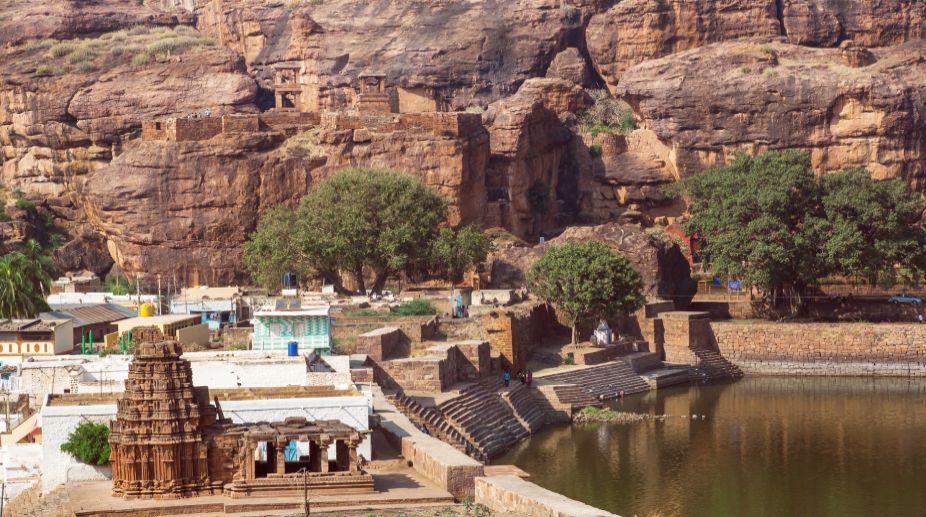A crisis looms
In the heart of our country, where bustling cities meet sprawling agricultural lands, a silent crisis is unfolding.

(Photo: Getty Images)
Sanitation and cleanliness are widely discussed today. However these ideas developed very early in India. That sanitation was a major part of the lives of the people in ancient India is revealed by excavations at Harappa (Punjab) and Mohenjodaro (Sind), the first sites discovered in the valley of the Indus and its tributaries and hence given the name Indus Valley Civilisation (today termed as Harappan Civilisation) which dates as far back as 3000 BC. The Indus cities reveal a high level of civic and hygienic standards.
Well laid-out streets associated with a carefully articulated drainage system were unique features of the Indus cities indicating that removing sewage and polluted water was an important part of daily life. Drains or gutters more than 25 centimetres wide were dug just below or half a metre below street level for carrying bathroom water and sewage from private homes to medium-sized open drains, made of baked bricks, in the side-streets which flowed into larger sewers in the main street covered by corbelled arches made of bricks or stone slabs.
The larger drains exited under the city wall, and emptied their contents into the outlying plain. The sump-pits at regular intervals along the main drains where solid waste was collected were cleared regularly. Otherwise these would have become choked and a health hazard. The wide use of the drainage system, an excellent example of sanitary engineering, and one of the most impressive achievements of the Indus people pre-supposes the existence of a sanitary-conscious remarkable municipal organisation.
Advertisement
Although rivers provided water for drinking and bathing purposes for some inhabitants, wells and reservoirs were also built in the Indus cities depending on geographical setting. At Mohenjodaro, numerous wells, ten to fifteen metres deep were dug throughout the city. These were lined with special wedge-shaped bricks. More of the houses or blocks of houses had private wells usually near the entrance.
There were also public wells along the main street for general public. That water purity and pollution had become an important problem is evident from the abundance of private wells as opposed to public wells. Mohenjodaro is noted for its large number of wells – over 700 – and indicates a very high frequency of about one in every house.
A depression in the centre of the city probably represents a reservoir or a tank which served the inhabitants. Harappa however had fewer wells. The use of bathrooms and toilets in large numbers gives an idea of the cleanliness and health of the people. Many of the houses or groups of houses had bathrooms or bathing platforms.
Often the bathrooms were located in rooms next to a well. The emphasis on providing water for bathing indicates that the inhabitants were very particular about personal hygiene. The floor of the bathing places were made of tightly-fitted bricks with sloped surface. From here a small drain was connected to a large drain in the street. Often drains and water-chutes from the second storey were built with an exit opening above the street drains.
To direct water out to the street drains, tapered terracotta drain pipes were used both at Harappa and Mohenjodaro. Although many people may have used fields outside the city walls to relieve themselves, toilets that were distinct and separate from bathing areas have also been identified. Excavations at Harappa have unearthed toilets in almost every house which ranged from a hole in the ground above a cesspit to more elaborate systems. Sump pots with a hole in the base to allow water to seep into the ground, were used as commodes and were sunk into the floor. In many cases the sump pots were connected to a drain outside for the discharge of sewage water into the street. The sump pots as also the sewage drains were probably cleared out regularly by a special class of labourers.
Many of the toilets contained a small lota type jar for use in the toilet. Clear sand was scattered all over the floor of the toilets and new floors were installed periodically. The houses were equipped with a rubbish chute with a bin outside into which the rubbish fell. Garbage bins were also found along the main streets probably periodically cleared by a special class of labourers.
This was another remarkable feature of the sanitary system of the Indus cities. Thus the Indus cities enjoyed the sanitary conveniences and comforts of a highly developed municipal life to a degree unknown elsewhere in the ancient world.
Modern India owes much to the advanced system of public sanitation of the ancient Indus cities which laid the foundation for subsequent development in sanitary engineering.
(The writer is a Former Associate Professor, Department of History, Sivanath Sastri College, Kolkata)
Advertisement